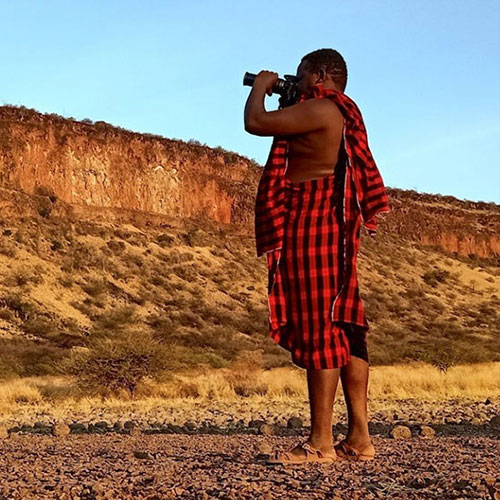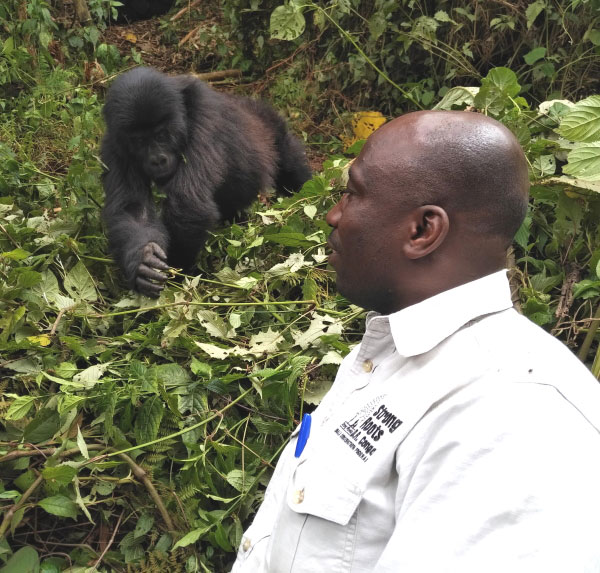Our Partners
Our partner NGOs operate globally, tirelessly safeguarding biodiversity, endangered species, and delicate ecosystems. Their dedication and on-the-ground efforts make our impact possible, allowing us to contribute meaningfully to conservation initiatives worldwide. Together, we form a formidable force in the fight to preserve the natural world for generations to come.
Here is a list of our partners, presented in no particular order:
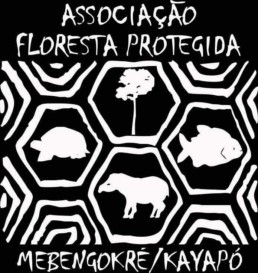
Associação Floresta Protegida is a non-profit indigenous organization (NGO) that represents approximately 2,800 Kayapo living in 30 communities located in the northeast sector of Kayapo territory. The AFP Kayapo protect approximately 2.5 million hectares (6 million acres) of their territory in the northeast.

Asociación Armonia is a Bolivian nonprofit organization dedicated to conservation of birds and avian habitat in Bolivia.
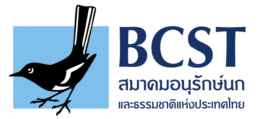
The Bird Conservation Society of Thailand conserves birds and nature in Thailand and is the country partner of BIrdLife International. BCST works at the community level to spread awareness and reconnect people to nature.
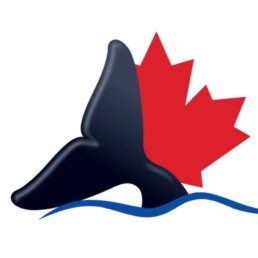
Born out of the belief that more needed to be done, urgently, to protect the North Atlantic Right Whale from extinction, the Canadian Whale Institute has been pursuing this objective since 1997.
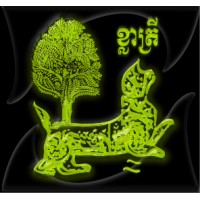
Fishing Cat Ecological Enterprise is a Cambodia-based ecological enterprise whose mission is to investigate, protect, restore and rewild the Cambodian wetland ecosystems and to ensure conservation of threatened species within them and empower local communities to be their
Guardians.

Fundación Conservación Marina promote the conservation of threatened species, ecosystem services and marine biodiversity, with emphasis on conservation planning, protection of areas of high conservation value, dissemination, training and citizen science as tools of change for the conservation of marine nature in Chile.

Fundación Inalafquen is a largely volunteer run organization in Patagonia dedicated to the conservation of biodiversity, sustainable use of resources and a better quality of life for all. Focal areas are shorebirds, bats, and heavy metal contamination in San Antonio Oeste, Argentina.

The GMF/GAC is a non-for-profit charitable organization active in Ol ari Nyiro, Laikipia Nature Conservancy, West Laikipia, Northern Kenya. It was created by Kuki Gallmann to honour the memory of Paolo Gallmann and Emanuele Pirri-Gallmann -her husband and son- who both died tragically in Africa, and are buried in Ol ari Nyiro.

Instituto Juruá is a Brazilian non-profit organization formed by conservationists, researchers and local environmental leaders in close partnership with rural communities and local associations. They provide financial and technical support for community-based initiatives of natural resource management, and offer capacity building opportunities for local communities to help them sustainably manage their natural resources and protect their territory.
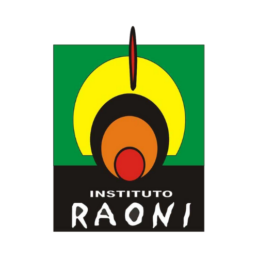
Instituto Raoni represents approximately 1,700 Kayapo living in 12 communities in the southwest sector of Kayapo territory. The IR Kayapo protect approximately 1 million hectares (2.5 million acres) of their territory in the southwest.
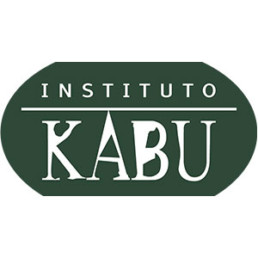
Instituto Kabu is a non-profit indigenous organization (NGO) that represents approximately 1,800 Kayapo living in 15 communities in the northwestern sector of Kayapo territory. The IK Kayapo protect approximately 5 million hectares (12 million acres) of their territory in the north and mid-west.

Marine Conservation Cambodia (MCC), a non-profit organization dedicated to advancing marine conservation and community livelihoods, is working to rehabilitate severely damaged marine ecosystems.
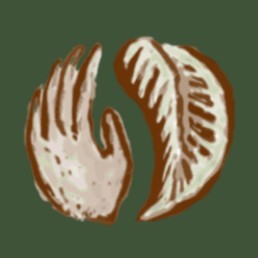
Native Future is an organization rooted in conservation, and Indigenous rights. They partner with indigenous communities in Panama to protect their land rights, support the stewardship of their rainforest ecosystems, and educate their youth.
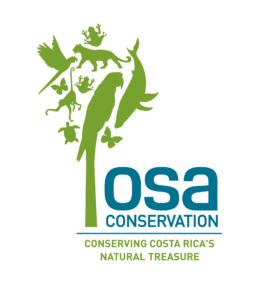
Osa Conservation, amid the urgent backdrop of climate change, actively fosters resilience across southern Costa Rica’s exceptional landscape. We collaborate closely with local communities, government officials, and global leaders to establish a climate-adaptive mega-corridor, ensuring sustained harmony between nature and humanity.
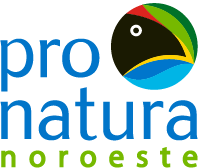
Pronatura Noroeste was established in 1991 as part of the Pronatura system, the oldest conservation organization in Mexico. The organization boasts specialized personnel in various scientific fields and maintains a presence in the diverse natural and environmental ecoregions of the area, aiming to foster societal development in harmony with nature. Their work revolves around engaging with local communities, government authorities, civil organizations, and research centers to conserve the natural capital of ecosystems and safeguard flora, fauna, and fishing resources.

Since 2003, Ripple Africa has empowered Malawian communities for sustainability, adopting a “hand UP, not a hand out” approach. By forming Fish Conservation Committees along 300 km of shoreline, they’ve boosted fishing yields and biodiversity conservation.
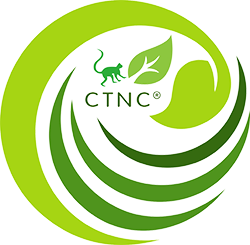
The Center for Technology and Nature Conservation (CTNC) conducts research and applies technology in natural resource management, livelihoods, and sustainable development in Vietnam. CTNC is leading the study and protection of endangered primates and turtles.

At this critical time in the history of the climate, YAKUM sets out to highlight the urgency of acting on deforestation to evade climate change, and change the way conservation works. They recognize that Indigenous people in many cases do conservation better than national park systems as part of their way of life, buffering the climate and protecting the forests.
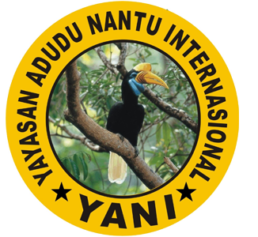
YANI (Yayasan Adudu Nantu International) was founded in 2002 by a team who had worked together at the Nantu Forest since 1993. For more than 20 years, YANI has been working tirelessly to protect this pristine ecosystem.

























